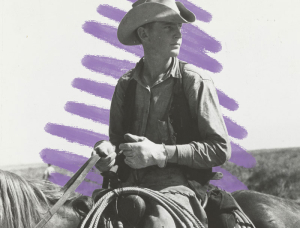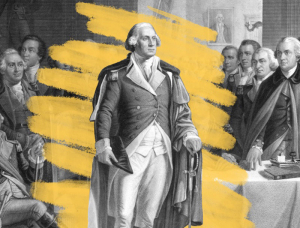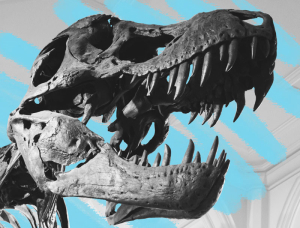People used to think birds transformed into different species in winter.
It took a long time for scientists to fully wrap their heads around bird migration, and ancient scholars had some wild ideas about what happened to birds in the winter. The Greek philosopher Aristotle, who was among the first to scientifically study bird migration, came up with a few theories, including one that seems especially wacky today: He suggested that some birds transformed into entirely different bird species with the season.
Aristotle carefully observed the natural world before drawing any conclusions, so the idea, while woefully misguided, wasn’t completely out of left field. Greece is a summer home to some birds and a winter home to others, so while some departed to Africa for the warmer climate at the start of winter, others arrived from Northern Europe. The philosopher noted two pairings of birds that followed this pattern: Robins arrived in Greece right around the time that redstarts, another red-breasted songbird, departed. Similarly, garden warblers spend their winters in Africa, while Eurasian blackcaps, their close relative, seek warmth in the Mediterranean. But after seeing the two birds replace one another each year, he concluded that they changed bodies, not locations. He even claimed to have seen a bird mid-transition, although modern experts believe he likely saw a bird that was molting.
Aristotle’s logic seemed to check out to the general public, and the view that birds change species was commonly held for centuries. To his credit, Aristotle correctly figured that some birds, such as cranes, do simply fly somewhere else during the colder months.







